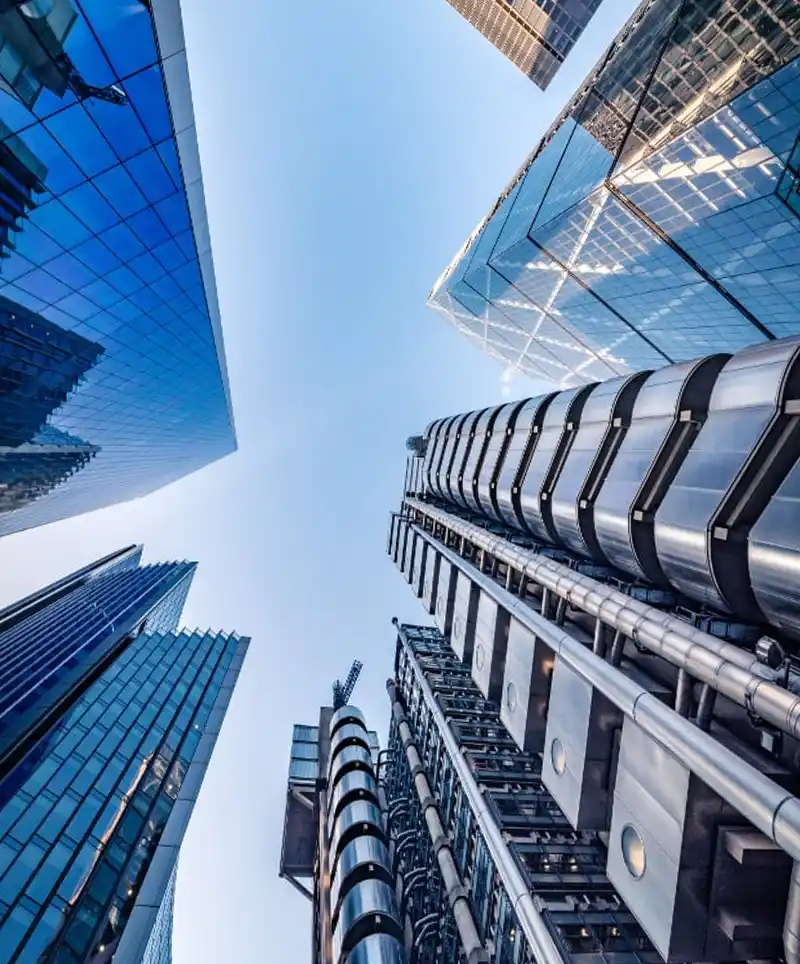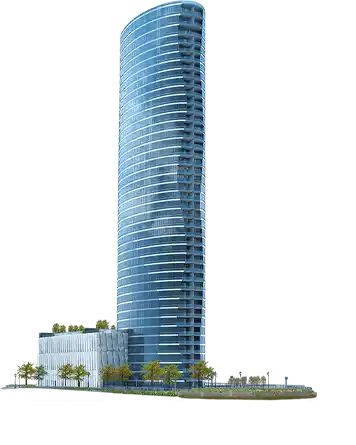Reaching for the Sky
Skyscrapers—the mighty giants of steel, glass, and concrete that scrape the sky and make us all feel just a little bit closer to the clouds. They’re the reason we tilt our heads back, squint our eyes, and marvel at human ingenuity, often while wondering, “How do people clean those windows?” August 10th is Skyscraper Appreciation Day, a day dedicated to these architectural marvels that define our cityscapes, challenge our engineering prowess, and occasionally cause us to question our fear of heights.
The History of Skyscrapers
The concept of towering buildings isn’t as modern as you might think. Humans have been building upwards for centuries—just look at the ancient ziggurats of Mesopotamia or the pyramids of Egypt. But the true birth of the skyscraper as we know it today began in the late 19th century, right in the heart of the Windy City—Chicago. After the Great Chicago Fire of 1871, which left much of the city in ruins, there was an opportunity to rebuild bigger and better.
The Home Insurance Building completed in 1885, is often credited as the world’s first skyscraper. It stood a staggering 10 stories tall—a height that today might barely qualify as a mid-rise. But back then, it was a marvel of engineering, boasting a steel frame that allowed architects to break free from the limitations of traditional masonry construction.
 New York City soon jumped on the bandwagon, and by the early 20th century, the race to the sky was in full swing. The Empire State Building, completed in 1931, held the title of the world’s tallest building for nearly four decades. It became an icon of American ambition and remains one of the most recognizable structures in the world. And let’s be honest, who doesn’t associate it with King Kong swatting at planes like a grumpy bouncer?
New York City soon jumped on the bandwagon, and by the early 20th century, the race to the sky was in full swing. The Empire State Building, completed in 1931, held the title of the world’s tallest building for nearly four decades. It became an icon of American ambition and remains one of the most recognizable structures in the world. And let’s be honest, who doesn’t associate it with King Kong swatting at planes like a grumpy bouncer?
Why We Love Skyscrapers (Even If We’re Afraid of Heights)
Skyscrapers are more than just tall buildings—they’re symbols of progress, ambition, and the human desire to reach new heights (literally). They allow cities to grow upwards when there’s no more room to spread outwards, turning urban landscapes into vertical metropolises where the ground floor is just the beginning.
But it’s not just about practicality. Skyscrapers are the ultimate flex—an architectural mic drop that says, “Look what we can do!” Whether it’s the sleek, minimalist design of the Willis Tower in Chicago or the swirling, futuristic silhouette of the Burj Khalifa in Dubai, each skyscraper is a testament to the creativity and audacity of the people who designed and built it.
And let’s not forget the views. Sure, some of us may break into a cold sweat at the thought of standing on the observation deck of a 100-story building, but those who dare are rewarded with breathtaking vistas that stretch as far as the eye can see. It’s the closest most of us will ever get to feeling like a bird (without the inconvenience of flapping our arms or avoiding power lines).
The Challenges of Going Up
Building a skyscraper isn’t just about stacking floors on top of each other like a game of Jenga. There are countless challenges to overcome—engineering, design, safety, and the ever-important question of how to make the elevators go fast enough without turning them into amusement park rides.
One of the biggest hurdles is wind. When you’re dealing with a building that’s hundreds of feet tall, wind isn’t just a gentle breeze—it’s a force to be reckoned with. Architects and engineers have to design skyscrapers to sway just enough to absorb the impact without making occupants feel like they’re on a cruise ship in rough seas. In some cases, they even install massive counterweights, known as tuned mass dampers, to keep the building steady. Think of it as a skyscraper’s version of a stress ball.
Then there’s the question of aesthetics. How do you make a building that’s essentially a giant box look good? The answer is creativity, innovation, and sometimes a bit of eccentricity. Take the Shard in London, for example—a building that looks like a shard of glass (hence the name) and has become one of the city’s most iconic landmarks. Or the Marina Bay Sands in Singapore, which looks like someone balanced a surfboard on top of three skyscrapers. Love them or hate them, these designs get people talking.
Skyscrapers in Pop Culture
Skyscrapers aren’t just architectural feats—they’re cultural icons. They’ve starred in movies, inspired songs, and even played a role in video games. Who could forget the dramatic standoff in the film "Die Hard," where Bruce Willis turned Nakatomi Plaza into a one-man battleground? Or the countless disaster movies where skyscrapers meet their untimely demise thanks to everything from alien invasions to rogue asteroids?
Even video games have gotten in on the action, with titles like "SimCity" allowing players to build their own towering structures (and then gleefully unleash natural disasters upon them). Skyscrapers are more than just buildings—they’re the backdrop to some of our most thrilling and imaginative stories.
Celebrating Skyscraper Appreciation Day
On Skyscraper Appreciation Day, take a moment to look up—literally. Whether you’re walking through a bustling city or just browsing pictures of famous skylines online, appreciate the marvels of engineering that rise above us. If you’re feeling adventurous, visit the observation deck of a nearby skyscraper (or, if you’re not a fan of heights, stick to the ground floor and admire from afar).
You could also channel your inner architect and try designing your own skyscraper—who knows, maybe you’ll come up with the next Burj Khalifa. Or simply enjoy a movie or TV show that features these towering structures as part of the action. It’s a day to celebrate not just the buildings themselves, but the visionaries who dared to dream big and build even bigger.
In the end, skyscrapers remind us that there’s always room to grow, even when it seems like we’ve reached the limits. So, let’s tip our hats to these giants of the cityscape and the brilliant minds who brought them to life. After all, when it comes to skyscrapers, the sky’s not the limit—it’s just the beginning.
Please Share our Content






 New York City soon jumped on the bandwagon, and by the early 20th century, the race to the sky was in full swing. The Empire State Building, completed in 1931, held the title of the world’s tallest building for nearly four decades. It became an icon of American ambition and remains one of the most recognizable structures in the world. And let’s be honest, who doesn’t associate it with King Kong swatting at planes like a grumpy bouncer?
New York City soon jumped on the bandwagon, and by the early 20th century, the race to the sky was in full swing. The Empire State Building, completed in 1931, held the title of the world’s tallest building for nearly four decades. It became an icon of American ambition and remains one of the most recognizable structures in the world. And let’s be honest, who doesn’t associate it with King Kong swatting at planes like a grumpy bouncer?








 "Sláinte!" is a traditional Irish expression used as a toast, equivalent to "Cheers!" in English.
"Sláinte!" is a traditional Irish expression used as a toast, equivalent to "Cheers!" in English.